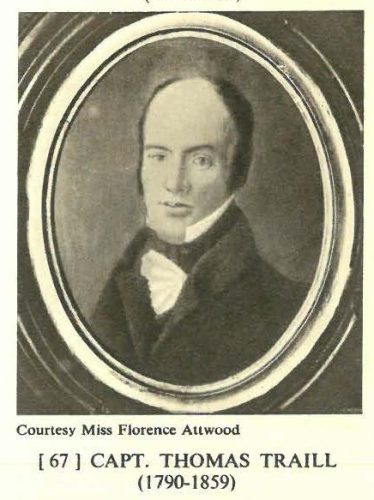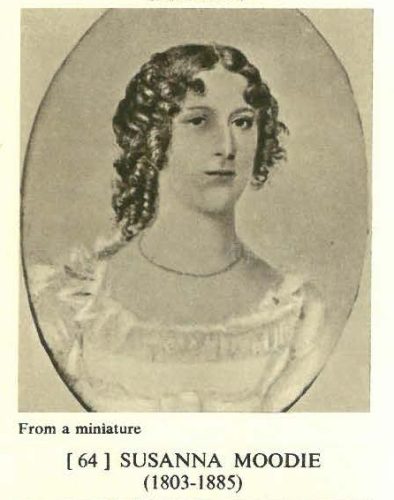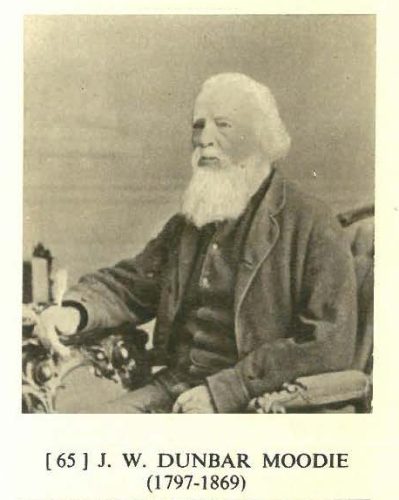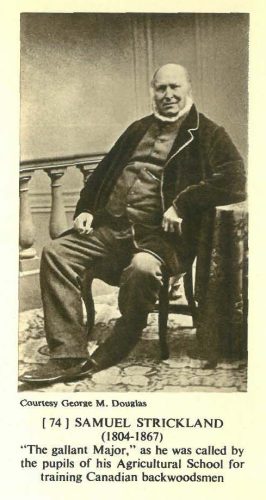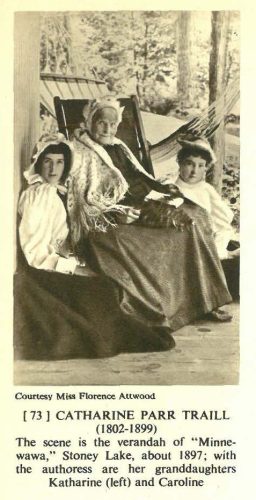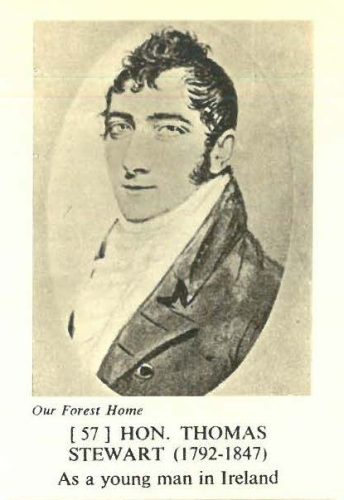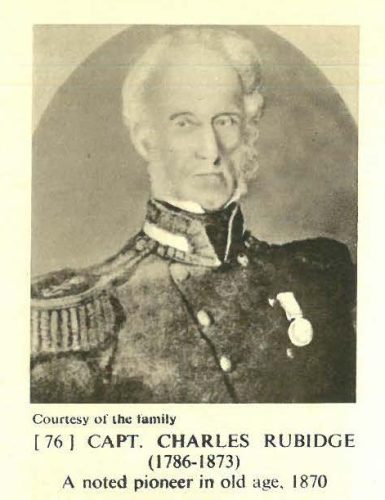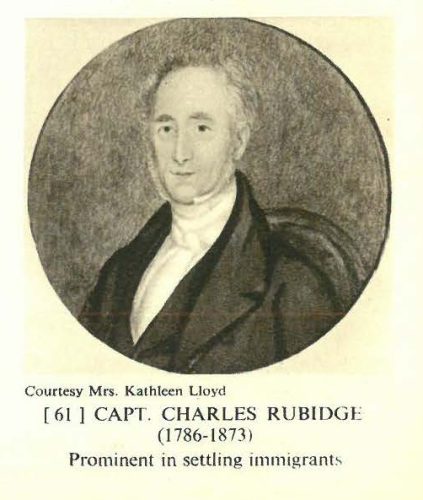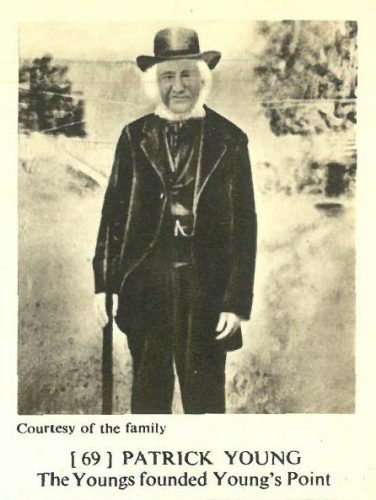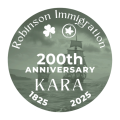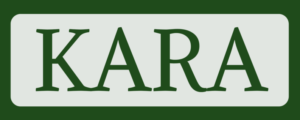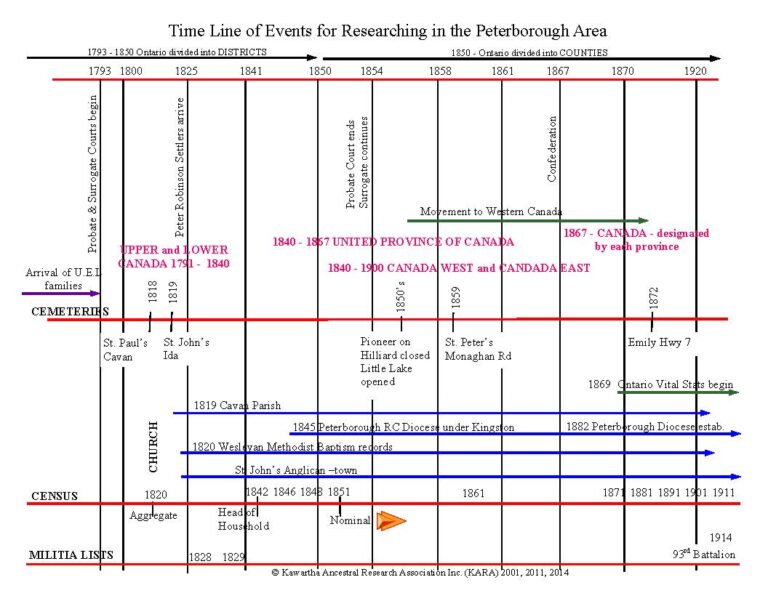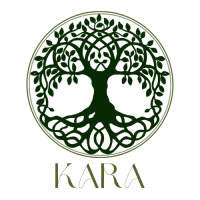Journey to discovering
Historical Timelines
Events and Dates in History
Churches
Cavan Parish 1819
Cavan Parish is the name for the Anglican Church parish that began about 1818. It covers a large area, from Port Hope on the lake shore coming north through the townships of Hope, Hamilton, Cavan and Monaghan. The Minister for the Parish visited communities performing baptisms, marriages and burials as needed. The record of these events were recorded to the Parish Register.
One of the earliest chapels built for Sunday Services, was St. Paul’s in Cavan Township.
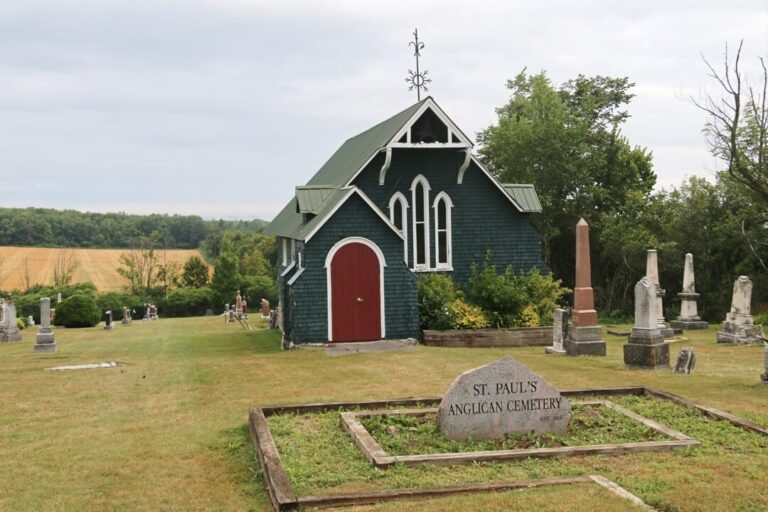
Wesleyan Methodist Church 1820
The Wesleyan Methodist Religion has ministers who also traveled out into rural communities. They became known as “Saddle Bag” preachers because they rode on horseback to reach the small communities throughout Upper Canada. Each minister was given a specific area to attend to during the course of a year. He traveled in a large circular fashion, going from town to town throughout the year until ending up back at his starting point twelve or so months later.

St. John's Hunter Street 1820-1821
St. John’s Church on Hunter Street is one of the oldest built churches in the area. Services first were held in the homes of parish family members. Reverend Samuel Armour settled in Peterborough in 1826, becoming the first resident minister. Rev. Armour would ride out through the area on horseback, holding service in the small communities he visited. In time Reverend R. H. D’Olier took over from Rev. Samuel Armour. Rev. D’Olier supervised the building of St. John’s Church on Hunter Street. The building took almost five years to complete, but as early as 1836, services were being held in the partially constructed church.
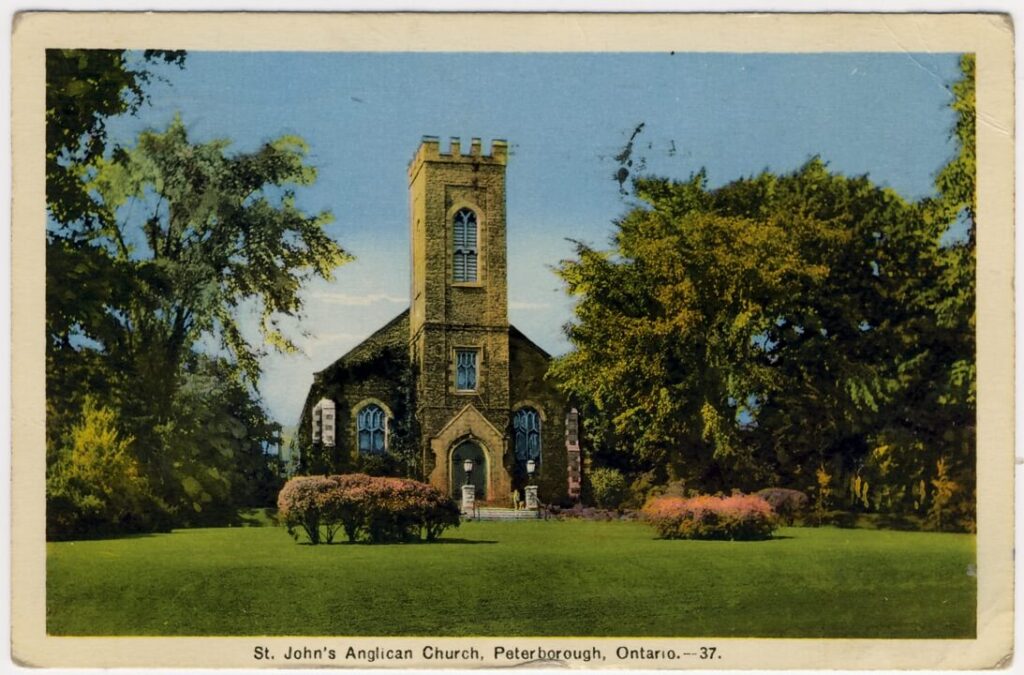
Peterborough Catholic Church 1825
St. Peter’s Catholic Church in Peterborough traces its origins to the arrival in 1825 of the Peter Robinson emigrants. Early services were held in the homes of families living in Peterborough. Rev. Fr. Crowley was assigned to serve the Catholic families in the area and would travel out into the townships to say Mass at gatherings in family homes. St. Peter’s Church was constructed in 1837 with services being held in the newly built church in 1838.
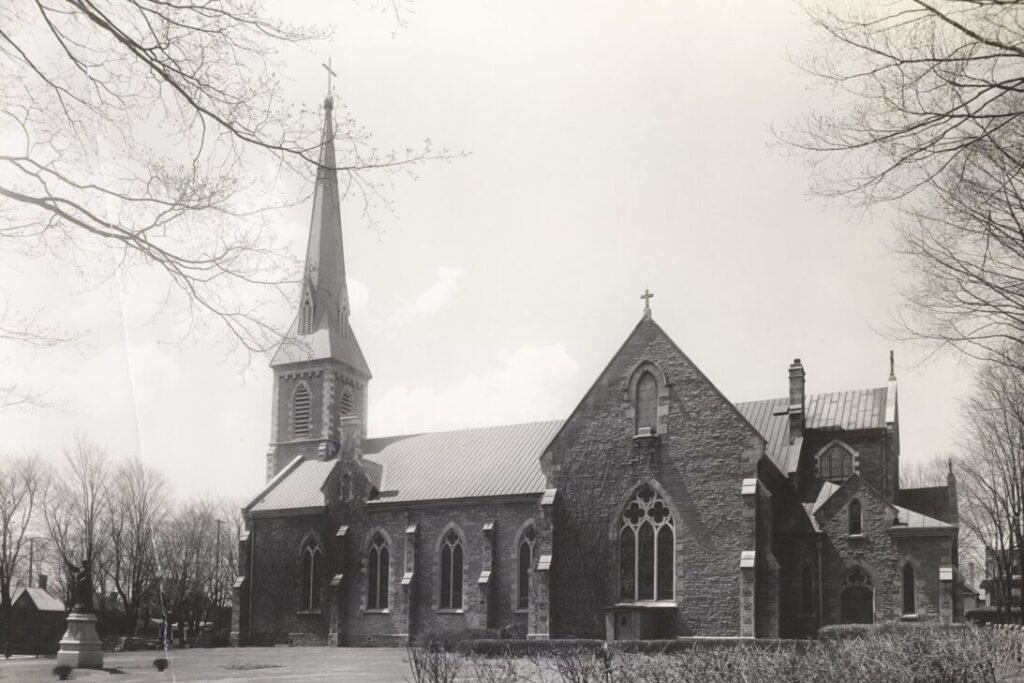
Land Divisions
Upper & Lower Canada 1791 - 1840
Beginning in 1791, the terms Upper and Lower Canada came into use. Upper Canada applied to what we now recognize as Ontario and Lower Canada we know today as Quebec. Within the large area called Upper Canada, the land was divided into several Districts. As more communities came into existence, the Districts were sub-divided to create new ones. By 1825, there were eleven or twelve Districts. Peterborough County, Victoria County, Haliburton and Northumberland County were all within the Newcastle District.
Canada West & Canada East 1840 - 1900
Beginning in 1840, we changed from using the names Upper and Lower Canada. Now Canada West was used to refer to what is known today as Ontario and Lower Canada would later become the province of Quebec. The use of these references would stay in use right up until the turn of the century.
Canadian Confederation 1867
On July 1, 1867, with the occurrence of Confederation, Canada came into being as a country in its own right. Through the joining of the provinces of New Brunswick, Nova Scotia, Quebec and Ontario, the Dominion of Canada was formed. Other provinces would join Canada in future years, until the country reached entirely across the continent.
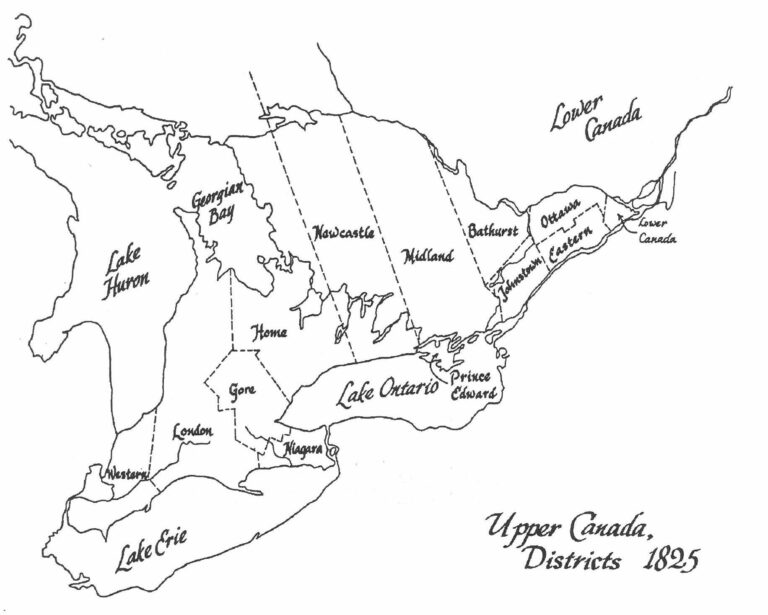
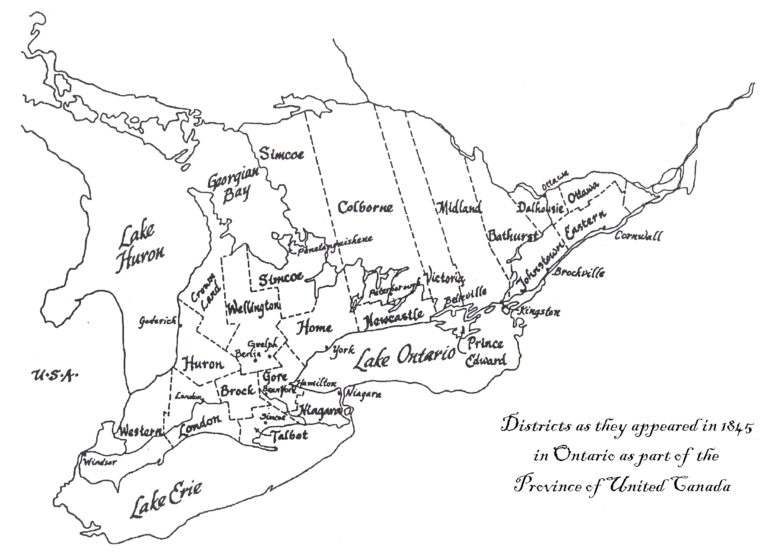

Census
Head of Household Census 1820-1850
Early census records for Upper Canada were taken in many communities, but not all survived. These census records were called Head of Household because they named only the main person in each family. That was usually the husband. The rest of the family members were identified in categories, as “so many males over 16 years” and “so many females over 16 years”. The same groupings were used for males and females under 16 years of age. Additional information on these census records told about the agricultural details for the family during that year.
Nominal Census 1851
Beginning in 1851, the government of Canada West decided to collect nominal census data. This meant that everyone in the household would be listed on the census record. It took more time than expected to prepare for the taking of this first Nominal Census. While it is known as the 1851 Census, it was not actually completed until February of 1852. Thereafter, a nominal census was completed every ten years, usually in March or April of the census year, 1861, 1871, and so forth.
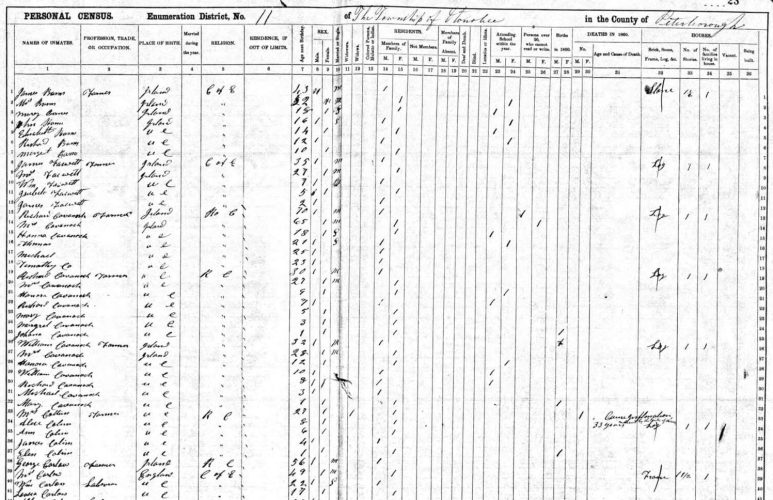
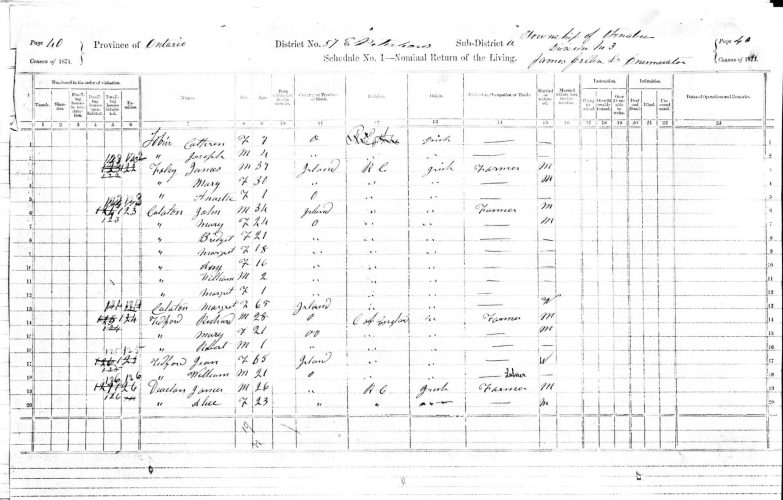
Cemeteries
St. Paul's Cavan 1818
Established in 1818, this cemetery is located on three acres of land. By 1833, the congregation numbered 100 souls. The wood frame chapel where Sunday services were held, was built in 1837 and stands on the east side of the cemetery grounds. It replaced an older building in which Rev. Joseph Thompson had held services. St. Paul’s Cemetery continues today as an active cemetery.
St. John's Ida 1819
St. John’s Church and Cemetery began in 1819. Early services were held in family homes until the early settlers built two schools that served both for education of the children and the holding of Sunday worship services. The land for this church and the cemetery that surrounds it, was donated by Reverend Thompson.
Peterborough Burial Grounds 1820s
Known as the Central Burying Grounds, this early cemetery in Peterborough was in use from the 1820s until the mid 1850s. There were three designated areas to the cemetery. One section was known as the Catholic burial ground, one was known as the Anglican burial ground and the remainder was called the Protestant burial ground. By 1850, most of the land had been used up for burials or was owned as family plots. As the town expanded, concern increased for the cemetery being within the town limits and the need for an expanded burial site. In 1850, land was acquired for a new burial ground to the south of town.
Pioneer Hilliard Street 1851
As the Central Burying Ground reached capacity for any further burials, the Methodist Church opened its own new cemetery in the year 1850. It was in used until the year 1880, when the town administration decided it had to be closed due to concerns about public health because the cemetery was by that time, within the city limits proper. Families were asked to relocate their loved ones, for reburial in other cemeteries. For the most part this was done. In the 1950’s the city of Peterborough acquired the old cemetery grounds and converted the land into a public park.
Little Lake Cemetery 1851
As the Central Burying Ground became filled with burials, the citizens of Peterborough recognized the need for a new burial ground. In 1850, the citizens of town petitioned the Governor General for a new cemetery. A letter dated 17 April 1850 began, “Sir, I have the honor to transmit to you herewith, in accordance with a Resolution of the Towns Council of this town, A Memorial of Resident voters of the Towns of Peterborough….” Little Lake Cemetery was created and opened in the year 1851. It continues to be an active cemetery at the present day.
St. Peter's Catholic Cemetery 1859
When the Central Burying ground closed in 1855, the Catholic Church in Peterborough made arrangements for a small burial ground to meet the needs of its parishioners. St. Mary’s At Little Lake Cemetery was opened in 1852 and was within the grounds of Little Lake Cemetery proper. This small burial ground was filled by 1857, thus necessitating arrangements being made for another burial ground. St. Peter’s Catholic Cemetery began in 1859. The land for this ten acre property was donated by Daniel Cushing.
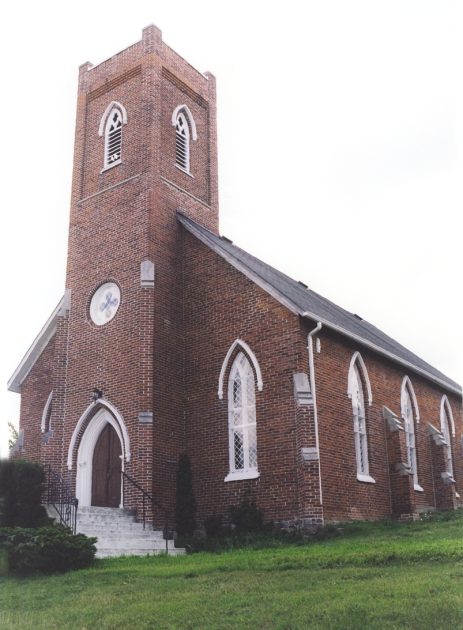
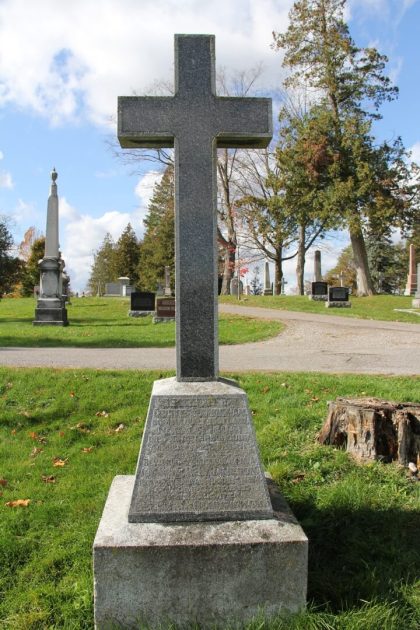
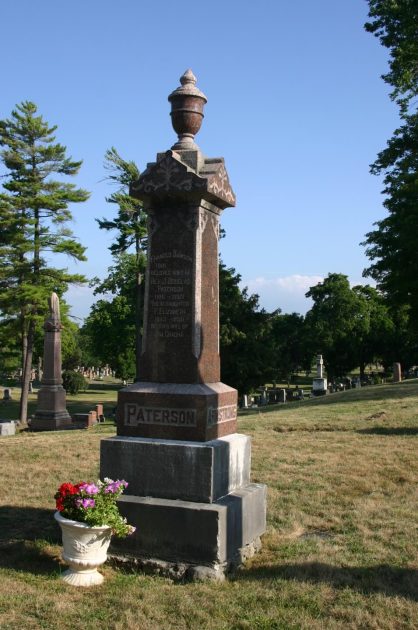
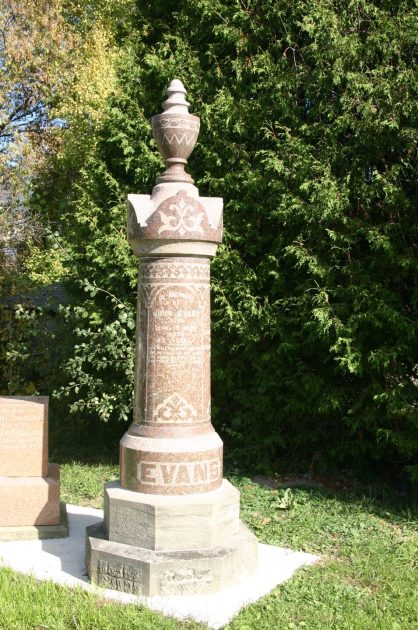
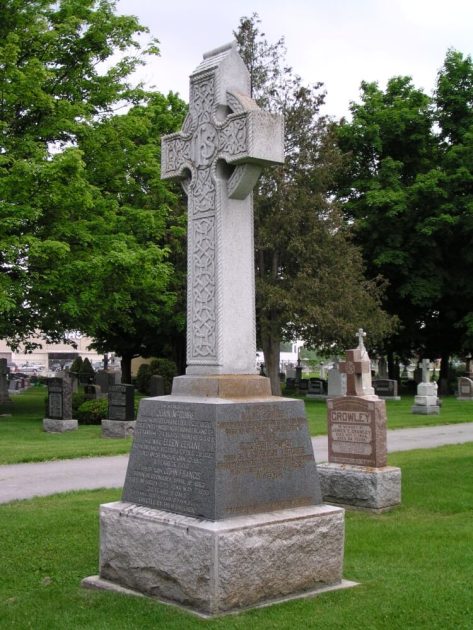
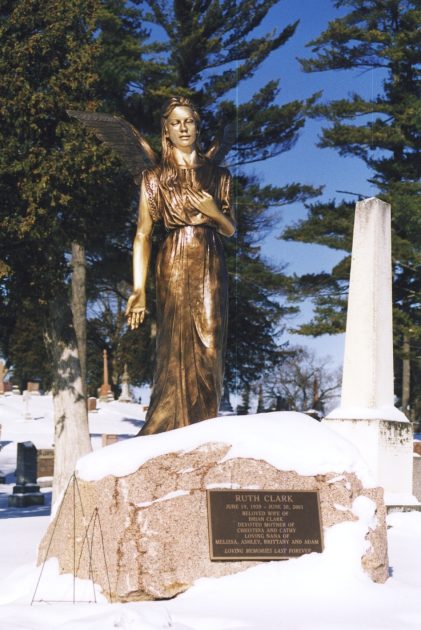
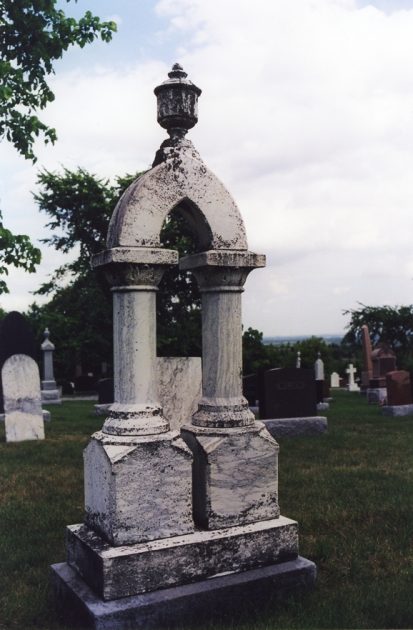
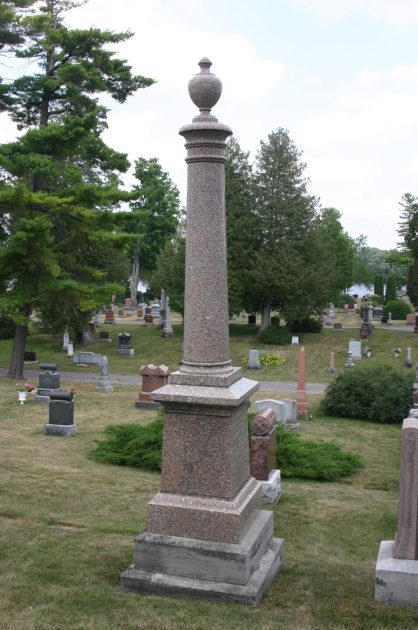

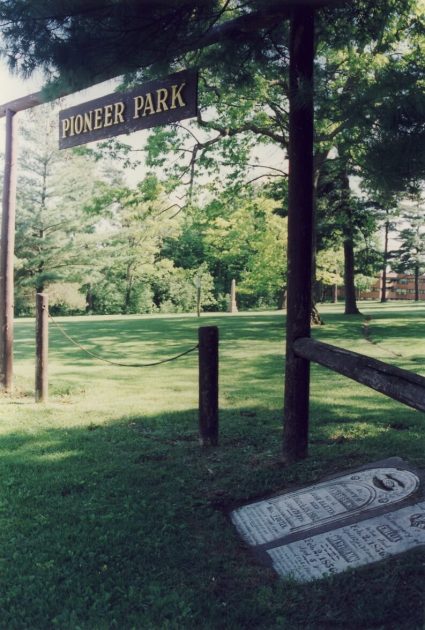
Arriving Settler Groups
Settlers In Smith Township 1818
About 1815, Thomas Milburn of Cumberland County, England was organizing a group of settlers to emigrate from their home in Alston to Upper Canada. In May 1818, they sailed from Whitehaven, England on board the vessel Jason, with 110 passengers crowed on the deck. Among these settlers were the families of William Dixon, his wife and five children; Joseph Lee with five children; Thomas and Robert Milburn, the latter with a wife and two children; William Walton’s wife with six children, John Walton; Robert Walton his wife and one child; Walton Wilson, his wife and one child; John Smith with three children and Jonathan Stevenson with his wife and one child.
Lakefield area -Trails, Stricklands, 1822
Among the early families to settle in the back woods, were the Stewart, Reid, Trail and the Strickland families. The first two families arrived in 1822 where there were as yet, only a few hundred people residing north of Rice Lake. The survey of Douro Township was completed in May 1823.
Scotch Settlement - Ashburnham
The first settler in Ashburnham was the Rev. Samuel Armour who arrived in 1826 or 1827. For a period of time it was known as the Scotch Village and later was called East Peterborough. When the village was incorporated in 1857 or 1858, the name became Ashburnham. In 1833 or so, the first store was opened by Mr. Wark. Robert David Rogers, often known as “R. D. Rogers” became the first village Post Master in 1859.
Cavan Township Settlers 1818
The Township of Cavan was first settled in 1817 after Samuel Wilmot and his crew finished their survey of the land there about. John Deyell and his wife Margaret Lancashire came to Upper Canada from Ireland in 1816. They were the first family to settle in what became Cavan Township the following year. In 1817 other settlers including John Thorne, John Quin, Archibald Kennedy, John, Charles and William Armstrong and Joseph Sharpe took up land.
Colonel Rubidge Settlers Dummer
In 1831 the growing village of Peterborough numbered about five hundred individuals. In that year, Captain Charles Rubidge brought a group of immigrant settlers to the area. He was given the title of Government Agent at Peterborough and was responsible for the settling of nearly 2000 immigrants in Dummer Township. Many of the newcomers were from the parish of Corsley in Wiltshire, England. Others had come from Frome, in Somerset County. There were some settlers who made their own arrangements to immigrate to Upper Canada, coming from Cornwall and from Yorkshire, England. There was as well, a large group of retired soldiers, of Irish, English and Scots background, who came as settlers that year. The soldiers were mostly Chelsea Pensioners who exchanged their pensions for passage and a grant of land.
Peter Robinson Settlers 1825
In 1825, Peter Robinson, acting as Superintendent on behalf of the British government, brought a large contingent of settlers from Ireland to Upper Canada. They were mostly families from southern Ireland and were by and large, impoverished farming families who were looking for a chance to improve their circumstances. As new settlers, they were given a grant of land. When they had completed the settlement duties, such as building a dwelling of substance, clearing, farming and improving their holding, then they could apply for the Patent on their property. The Patent brought ownership of the land. In total, 2040 men, women and children departed the Port of Cobh, Ireland in May 1825, coming to make their home in Upper Canada.
